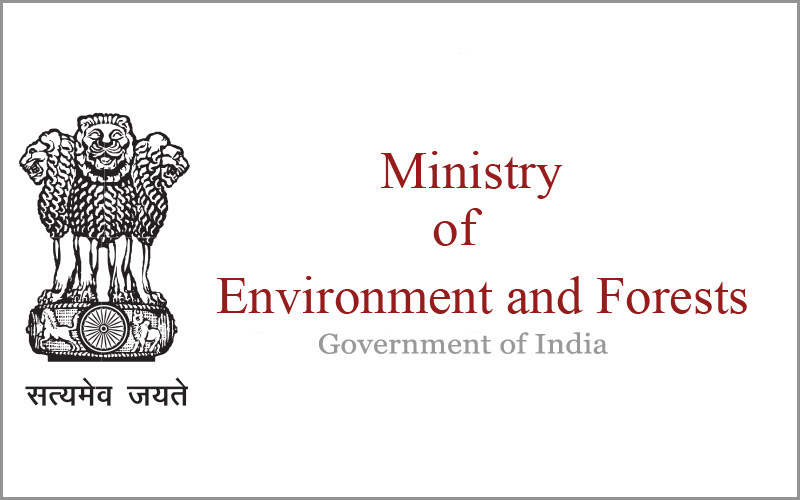Reworked from Critical Ecosystem Partnership Fund Report May 2007* with inputs from Praveen Bhargav, Wildlife First.
To be an effective conservationist, it is important to understand which institutions control land in India and what laws govern the protection of forests and wildlife. Before any conservation interventions can be attempted in any landscape, the legal status of the land must first be ascertained so that one can engage with the correct authorities or agencies. This piece should be read alongside its companion piece — the Legal Framework for Wildlife Conservation in India.
Institutional Framework
The institutions that control land use through land ownership include:
- State Forest Departments and associated Forest Development Corporations.
- State Government institutions such as the Public Works, Electricity, Irrigation and Revenue Departments.
- Central Government institutions like Railways, Ports Authority and Indian defense forces.
- Private plantation companies (tea, coffee, rubber, cardamom) and individual landowners.
Responsibilities:
Wildlife conservation in India is the responsibility of both the Federal (Central) and State Governments. It is therefore included in what is known as the ‘concurrent list’ in the Constitution. Both the Union and State Governments can pass laws relating to forest and wildlife conservation. However, federal legislation has dominance over state legislation.
Constitutional imperatives:
State: Article 48A of the Constitution of India mandates that the state shall endeavor to protect and improve the environment and safeguard the forests and wildlife of the country.
Citizen: Article 51 A (g) of the Constitution states that it shall be the fundamental duty of every citizen to protect and improve the natural environment including forests and Wildlife.
Federal (Central) Government Institutions dealing with wildlife conservation:
The Ministry of Environment and Forests (MoEF), based in New Delhi, is the authority vested with the task of:
- Formulating legislation
- Formulating policy
- Other statutory functions under various environmental, forest and wildlife laws including granting environmental and forest clearances.
A Directorate of Wildlife Preservation in the MoEF oversees all matters concerning wildlife. The Directorate is headed by the Additional Director General of Forests (ADG), a senior officer of the Indian Forest Service (IFS).
Division of responsibilities:
- Federal Government has the mandate to legislate and evolve policy guidelines.
- State Governments have exclusive administrative control over forest areas, and are responsible for the implementation of laws and policies.
- In general, the MoEF has limited direct power over state governments, except notably through the Forest Conservation Act and Wildlife Protection Act.
Policies:
The MoEF has formulated the following important policies:
- National Forest Policy in 1988
- The National Conservation Strategy and Policy Statement on Environment and Development in 1992
- The National Wildlife Action Plan 2002- 2016.
In addition to legislation and policy, the MoEF performs several statutory functions to enforce provisions of the Forest (Conservation) Act, 1980, the Wildlife (Protection) Act, 1972 and the Environment (Protection) Act, 1986. Some of these important functions include:
- Approval (or otherwise) of proposals from state governments to divert forest lands for non-forestry activities.
- Approval of working plans that enable commercial logging by State Forest Departments.
- Environmental clearance based on Impact Assessments for establishing industries.
With a view to ensuring focus on conservation of flagship species (Eg. tiger, lion, elephant, snow leopard), the MoEF has launched special conservation projects such as Project Tiger and Project Elephant.
The National Tiger Conservation Authority (NTCA), a statutory body, was set up in 2006 to conserve and manage Tiger Reserves in conjunction with State Governments.
A National Biodiversity Authority is functioning since 2003 to regulate access to, and use of, biodiversity and to advise the Central Government.
(A Statutory Body/Committee is one that is formed on the basis of a law. For example, the NTCA is a Statutory Body created under the Wildlife (Protection) Act. The Forest Advisory Committee (FAC) is a Statutory Body created under the Forest Conservation Act. Statutory Bodies and Committees have sweeping powers to enforce the provisions of the Act under which they were created).
Some Federal Government institutions that fall under the purview of the MoEF:
- The Wildlife Institute of India (WII),
- Indian Council of Forestry Research and Education (IFCRE)
- Botanical Survey of India (BSI),
- Zoological Survey of India (ZSI),
- Forest Survey of India (FSI)
- Indira Gandhi National Forest Academy (IGNFA).
These institutions are primarily involved in research, training and documentation activities. The IGNFA in Dehradun is where probationers undergo training to become Forest Officers.
Independent federal government institutions that are empowered to prevent and/or investigate forest and wildlife offences include:
- The Wildlife Crime Control Bureau (WCCB)
- The Indian Coast Guard
- Central Police organizations like the Border Security Force, Indo- Tibetan Border Police and Railway Police Force.
- Customs Bureau
- Central Bureau of Investigation (CBI)



 CI is a non-profit, non-commercial portal that aims to facilitate wildlife and nature conservation by providing reliable information and the tools needed to campaign effectively.
CI is a non-profit, non-commercial portal that aims to facilitate wildlife and nature conservation by providing reliable information and the tools needed to campaign effectively.